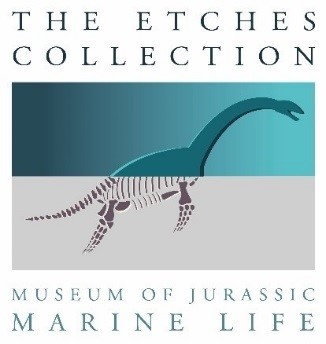Fossil fish used colour and scale pattern to confuse predators: examples from the Jurassic of Kimmeridge, Dorset
/Fossil fish in the 157-152 million year old Kimmeridge Clay Formation are common and diverse and include the genus Thrissops.
Thrissops likely lived in shoals as do many modern fish do as shoaling provides some protection from potential predators by creating confusion in the mind of a potential predator. Specimens in the Etches Collection show that its’ scales were arranged in a distinctive wavy pattern whilst other examples show that its’ scales may also have been brightly coloured.
Some specimens have their soft tissues partly preserved, including the gut and some of its contents.
Watch the full story by clicking on the You Tube video link above where Steve Etches reveals how these fossil fish may have been adapted to evade predators.
The Etches Collection Museum is located in Kimmeridge, Dorset on the World Heritage Coast and contains a nationally accredited and designated collection of over 2500 fossils from the Upper Jurassic Kimmeridge Clay Formation. The collection provides a major resource for education and research as well as being a major tourist attraction.

